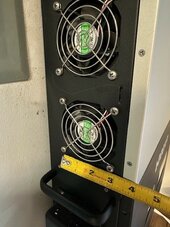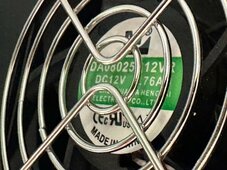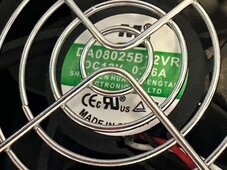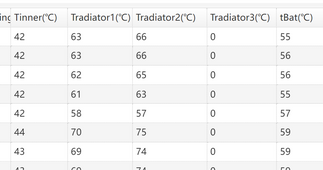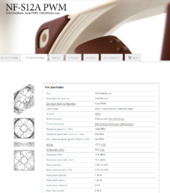SunBandit
New Member
Only a few days in and all is going well with one rather noticeable exception. This thing is not nearly as quiet as I was expecting given what I've read online and seen on Youtube. I can only imagine what the 6500EX is like if the 6000XP is the quiet one!
I know most people are putting these in their basement / garage or at least a room they can close off. I don't have a basement and my inverter is sitting in my back hallway off the kitchen. I put it here assuming it would occasionally spool up fans to high speed under heavy loads but would most often be at or near the <58dB advertised. I don't have a dB meter, only an iPhone app, but I am seeing ~65dB to 70dB @ 3ft when the inverter is doing anything over 1kW from PV. It's loud enough to hear two rooms away.
I did some experiments to see if I could influence the fan output in any way and made some observations:
Questions:
I know most people are putting these in their basement / garage or at least a room they can close off. I don't have a basement and my inverter is sitting in my back hallway off the kitchen. I put it here assuming it would occasionally spool up fans to high speed under heavy loads but would most often be at or near the <58dB advertised. I don't have a dB meter, only an iPhone app, but I am seeing ~65dB to 70dB @ 3ft when the inverter is doing anything over 1kW from PV. It's loud enough to hear two rooms away.
I did some experiments to see if I could influence the fan output in any way and made some observations:
- The top two fans seem to relate to the two legs of 120V output. These are also fan #1 and fan #2 in the settings.This is neither obvious nor documented as far as I can tell. I also noticed the max fan speed % setting is only active when the corresponding fan is set to "new slope". Also not clear or intuitive from the UI or the manual.
- There are no settings for the third fan which appears to have its PWM set exclusively according to PV load. It seems to only have three (maybe four) speeds. Under 1kW (across both MPPTs), it's around the 58dB advertised. Somewhere between 1kW and 2kW, it goes to a medium setting, probably 62dB-65dB, and then anything above 3kW, it is like a screaming hair dryer somewhere >65dB. Considering this inverter can take in up to 8kW of MPPT, that's a lot of noise at less than half the rated input.
- Fan speed doesn't seem to be impacted by temperature. I checked the temp near the fans (or more precisely the cooling surfaces just inside near the exhaust fans) several times using a laser thermometer. Maximum temperature I got was 95F with 5kW MPPT and 4kW load at an ambient room temp of 75. Pretty cool. I then ran a duct from the A/C right into the intake and set the house to cool to 69F. With the same 5kW MPPT and 4kW load but with much cooler air going in, max temps were 82F and averaging around 76F. Downright chilly. Yet the fan speed had not changed at all.
- The fans seem to be set very aggressively. I changed the settings on the two upper fans. First at 70%. With a cool room but no ducted A/C air, the temps on those two fans barely shifted. I then tried 50% and noted even under pretty decent load, the max temp was only around 85F. The middle one consistently being a little warmer.
Questions:
- Are there internal temp sensors that are just not exposed in the UI or that I have somehow overlooked?
- Will we get similar settings for the PV fan like we do for the upper two?
- Shouldn't the fan speeds be dictated not just by load but by the temp of the critical components the fans are there to protect in the first place?
- Has anyone done any ducting to/from an inverter to quiet them that maintains necessary cooling? This is another option I am considering.
- Does EG4 have any plans to update/change the PV fan speed so that it isn't howling at >3kW when the cooling fin temps are only 74F?



